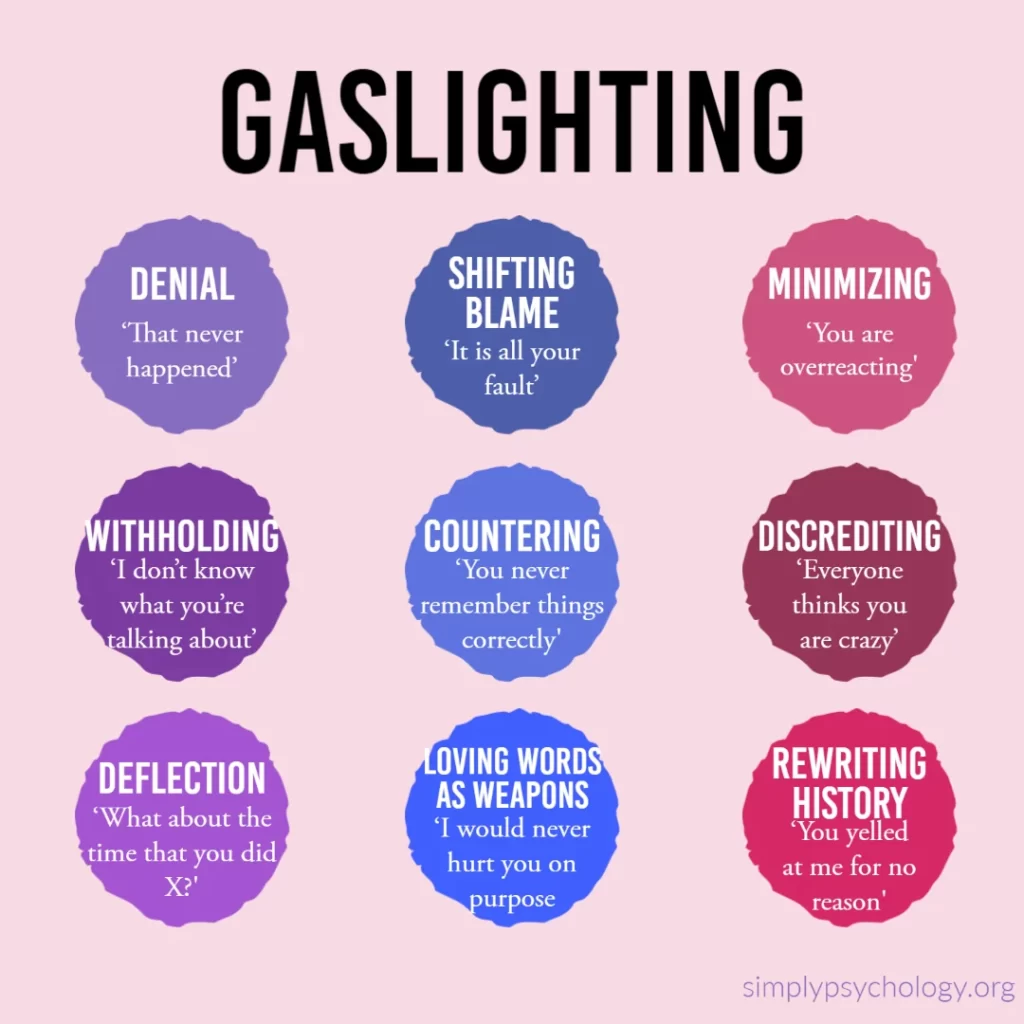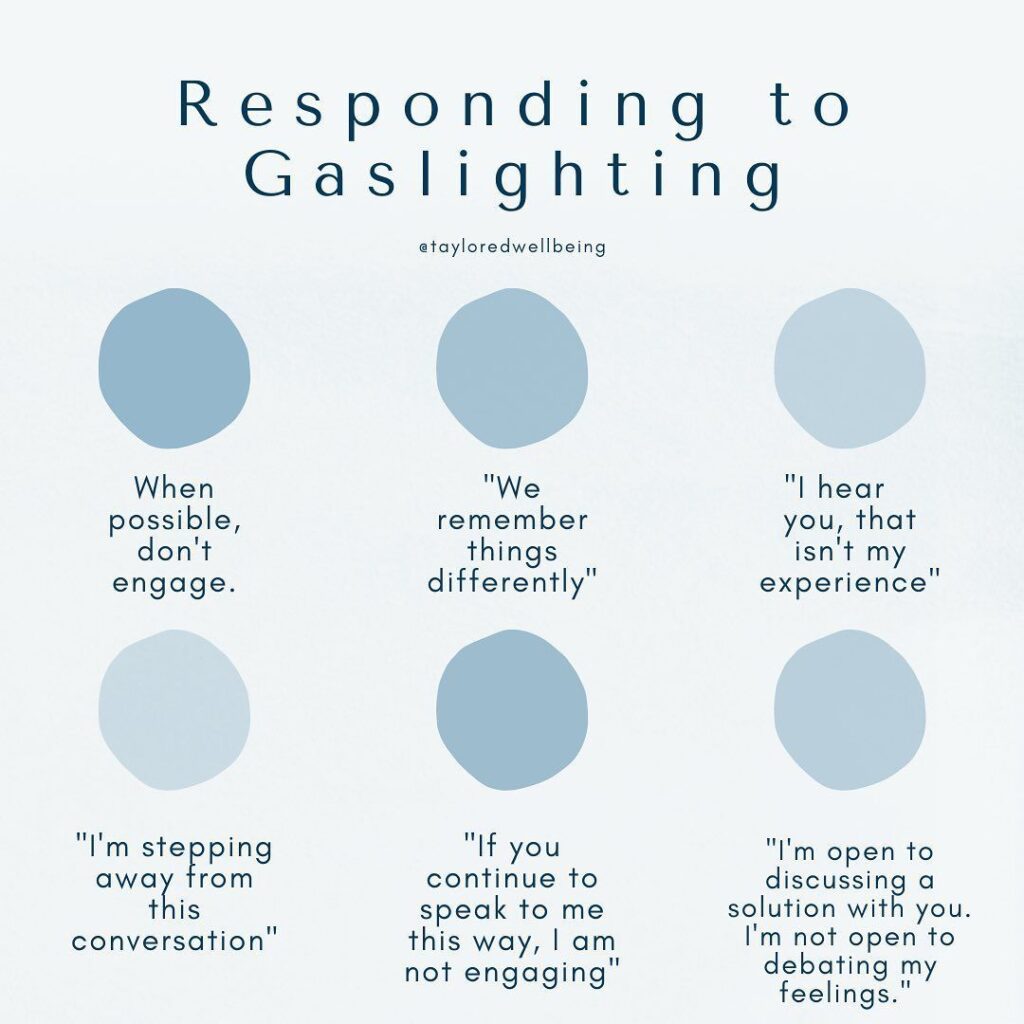If you have been anywhere on the internet, you just have heard of gaslighting. Gaslighting is a term that has gained significant attention in recent years, often associated with toxic relationships and manipulative individuals. However, gaslighting can manifest its way through to schools and other educational settings and it’s essential for students to recognize when they might be experiencing it. With the start of the academic year, we have set out many tips to survive the year, however there is more to uncover. We’ll explore what gaslighting is, its manifestations in the classroom, and how students can empower themselves to respond effectively.
What Is Gaslighting?
Gaslighting is a form of psychological manipulation in which one person seeks to make another doubt their perception, memory, or sanity. It involves a series of tactics that erode a person’s confidence in their own judgment and understanding of reality. When looking at how it exists in a classroom, teachers may inadvertently or intentionally employ gaslighting techniques, impacting their students’ self-esteem and well-being.

Recognizing Gaslighting in the Classroom
- Minimization of Feelings: One common gaslighting tactic is to dismiss a student’s emotions or concerns. For example, a teacher might say, “You’re overreacting” or “You’re too sensitive” when a student expresses their feelings about an issue.
- Shifting Blame: Gaslighters often shift responsibility away from themselves. If a student raises a valid concern about the teacher’s actions or the course material, the teacher might respond with statements like, “You’re just not trying hard enough” or “You didn’t pay attention in class.”
- Withholding Information: Teachers should provide clear instructions and guidance. Gaslighting teachers might withhold essential information, then blame students for not knowing something they were never told.
- Invalidating Experiences: Gaslighting often involves invalidating a person’s experiences or memories. In the classroom, this could look like a teacher denying something they said or did in the past, making the student question their recollection.
- Inconsistent Behavior: Gaslighting can involve erratic behavior from the gaslighter, which leaves the victim feeling off-balance. In an educational setting, this might mean a teacher who alternates between praising a student and then suddenly criticizing their work without clear reasons.

It can be difficult to recognise these signs as teachers are seen as mentors and caregivers. Therefore, it can be even more difficult to know how to respond when these situations. To be able to overcome these situations is incredibly brave and there are many ways about it.
How to Respond to Gaslighting
- Trust Your Instincts: If something doesn’t feel right, trust your instincts. Your feelings and perceptions are valid and knowing that someone of authority is making you feel the opposite its important. Keep a journal to document incidents that concern you.
- Seek Clarification: If you’re unsure about an assignment or a teacher’s feedback, don’t hesitate to ask for clarification. Trustworthy educators should be willing to provide clear explanations.
- Talk to Someone You Trust: Share your experiences with a friend, family member, or counselor. They can provide an outside perspective and support.
- Maintain Boundaries: Set clear boundaries with teachers, and don’t tolerate disrespectful or manipulative behavior. If necessary, involve school administrators or counselors.
- Document Incidents: Keep records of any instances of gaslighting. Note dates, times, locations, and the individuals involved. This documentation can be essential if you need to escalate the issue.
- Seek Guidance: If the gaslighting continues or escalates, reach out to a trusted authority figure within the school, such as a principal or a counselor, for guidance and assistance.

Gaslighting can have a profound impact on students’ self-esteem, mental health, and academic performance. It’s crucial for students to recognize the signs of gaslighting in the classroom and take steps to protect themselves. By trusting their instincts, seeking support, and documenting incidents, students can empower themselves to confront gaslighting behavior and create a healthier educational environment for themselves and their peers.












